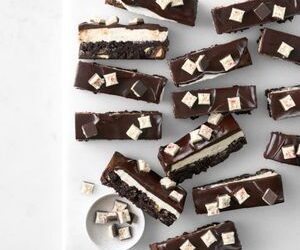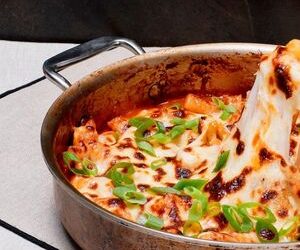Author Notes
For inspiration in developing this recipe, we reflected on some of the best Baltimore crab cakes we’ve ever eaten—at Shultz’s Crab House, Faidley Seafood, and Koco’s Pub. Our recipe seeks to replicate the best features of these Baltimore classics: the maximum amount of crab meat, minimal binder to hold it all together, and a luscious moist interior. Below are our answers to what we think are the ideal traits for the best crab cake.
What kind of crab meat should I use?
It’s imperative to use the highest quality crab meat you can get your hands on. Without good crab meat, there’s basically no point in making crab cakes. Crab meat from Chesapeake blue crabs is traditional, but not essential. Just make sure you’re sourcing blue crab meat from a purveyor you trust.
There’s an age-old debate about whether to use jumbo lump or backfin meat for crab cakes. Jumbo lump is more expensive, but has a firmer, meatier texture. Backfin is known for its lacy texture and sweet flavor. After testing both, we preferred the jumbo lump, because it delivered a stronger crab flavor. However, either option works in this recipe.
How do I keep crab cakes from falling apart?
For bread crumbs, we decided to use panko, a Japanese variety of flaky breadcrumbs. While crushed saltines are a popular option in Baltimore, we love panko because its flavor is mild, and it does an excellent job of binding the crab. The classic problem with crab cakes is that they fall apart without enough bread crumbs, but they taste bland with too many. Which is why we found the optimal ratio to ensure your crab cakes will have great crab flavor without falling apart.
What’s the best flavoring for a crab cake?
When it comes to flavoring, we kept it simple: mayonnaise, Dijon mustard, Old Bay (a beloved seasoning mix that includes celery salt, black pepper, and paprika), and lemon juice. We considered adding other flavor elements like hot sauce or Worcestershire but, in the end, we wanted to highlight the crab flavor, not overpower it, so we held back on those extra condiments. For the same reason, we decided to skip fresh herbs. We considered parsley, tarragon, chives, and scallions—and a lot of recipes go this route but for us, the best crab cake comes with restraint.
Should crab cakes be baked or fried?
For the crispiest crust and most succulent interior, frying is the way to go. It’s a bit of extra work to flip the crab cakes on the stovetop, but the reward is well worth it.
—Josh Cohen
Test Kitchen Notes
This crab cake recipe results in perfectly golden-brown and moist fritters, thanks to creamy mayo, zesty Dijon mustard, and panko breadcrumbs, which help adhere all of the tender bits of crab meat together. Of course, it’s only made better with a sprinkle of Old Bay, giving the crab cakes a coastal summer feel. —Food52






